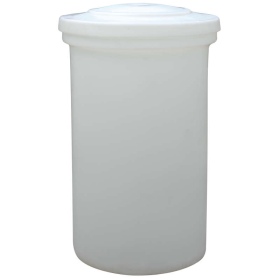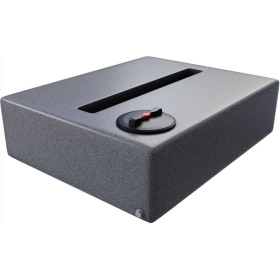Drinking water container with lid and cap
- Option with lid or cap of your choice
- Capacity 60-1000 l
- PZH approved
star_border star_border star_border star_border star_border
0 Review(s)
Price
PLN347.95
Regular price
PLN409.36
PLN282.89
tax excl
Lowest price: PLN409.36 -15%


